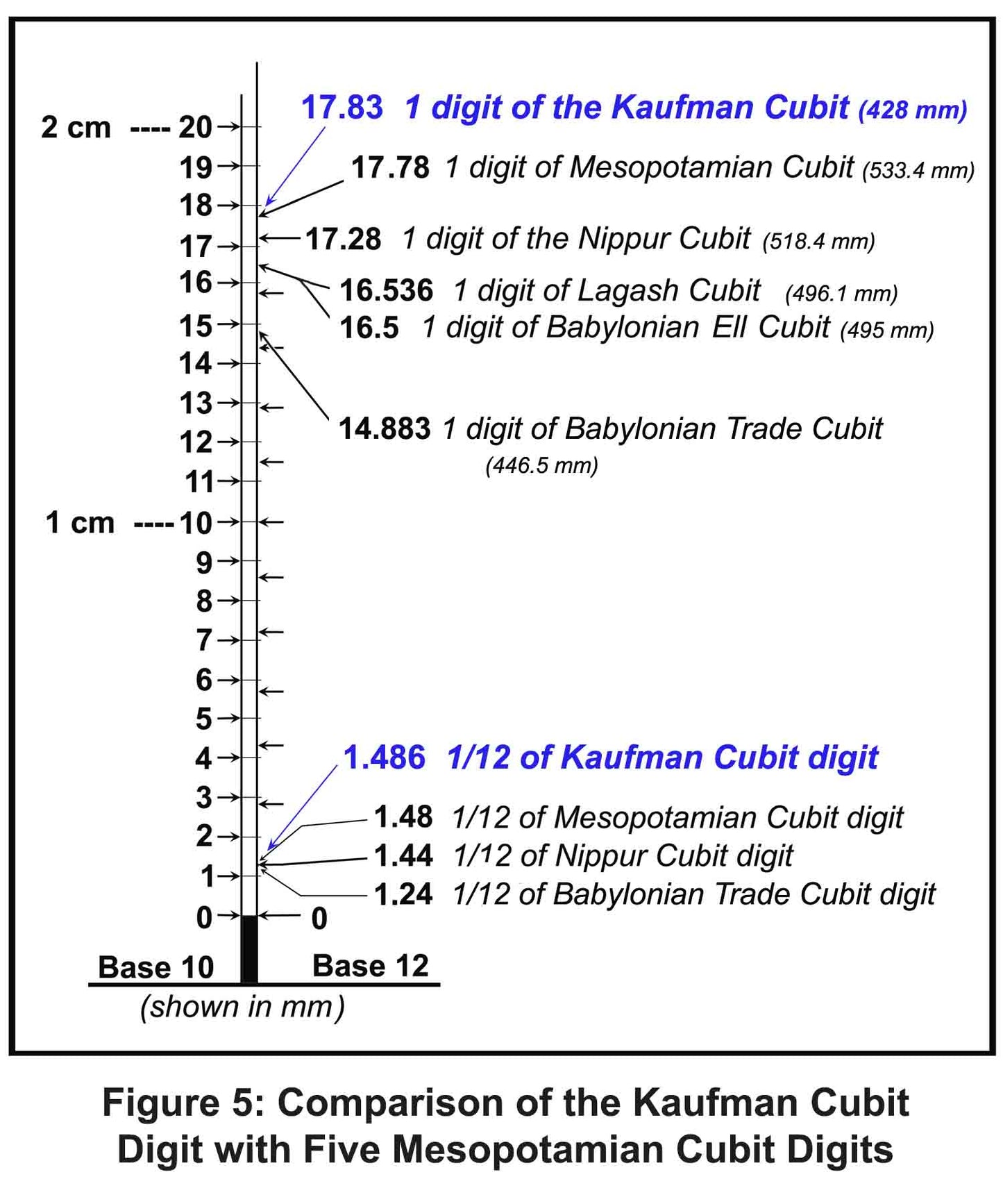ARI
The Status of Asher Kaufman’s 428- millimeter Cubit Among Ancient Middle Eastern Units of Measure
The Status of Asher Kaufman’s 428- millimeter Cubit Among Ancient Middle Eastern Units of Measure
Couldn't load pickup availability
Abstract:
Recent excavations of Site II-4 in the coastal Khor Kharfot district of southern Oman have identified a Neolithic structure having 1 x 1 proportional architecture possibly constructed using an ancient cubit unit of measure imported from Mesopotamia. Twenty-five Middle East and eastern Mediterranean units of measure ranging in length between the Arabian Hashimi cubit (650.2 millimeters or mm) and Kaufman’s 428 mm cubit are evaluated for their correlation with this ancient Arabian structure. Five Mesopotamian cubit systems and four Egyptian cubit systems are studied in greatest detail. These nine units of measure involve combinations of decimal, duodecimal, vigesimal, and sexagesimal numbering systems. The Nippur kus̆ may have been used to create Site II-4’s original proportional Neolithic architecture; evaluations also include its triple-kus̆ (1.5552 meters) and ten-cubit deka-kus̆ (5.184 meters) units. Excavations at Site II-4 also reveal that after the termination of the Neolithic Period at Kharfot, an Iron Age I population modified that same structure into its current 1:1.5 proportion. The 428-millimeter cubit, a duodecimal unit of measure which has only previously been identified in the late 1960’s by Asher Kaufman while studying remnants of the Temple Mount in Jerusalem, was evidently used to make those early Iron Age alterations. A comparison of Kaufman’s 428-millimeter cubit with ten other early and dominant Near eastern cubit systems demonstrate its authenticity.
Archeological Research Institute
Wadi Sayq Technical Research Series, Paper No. 2 2022b
Share


